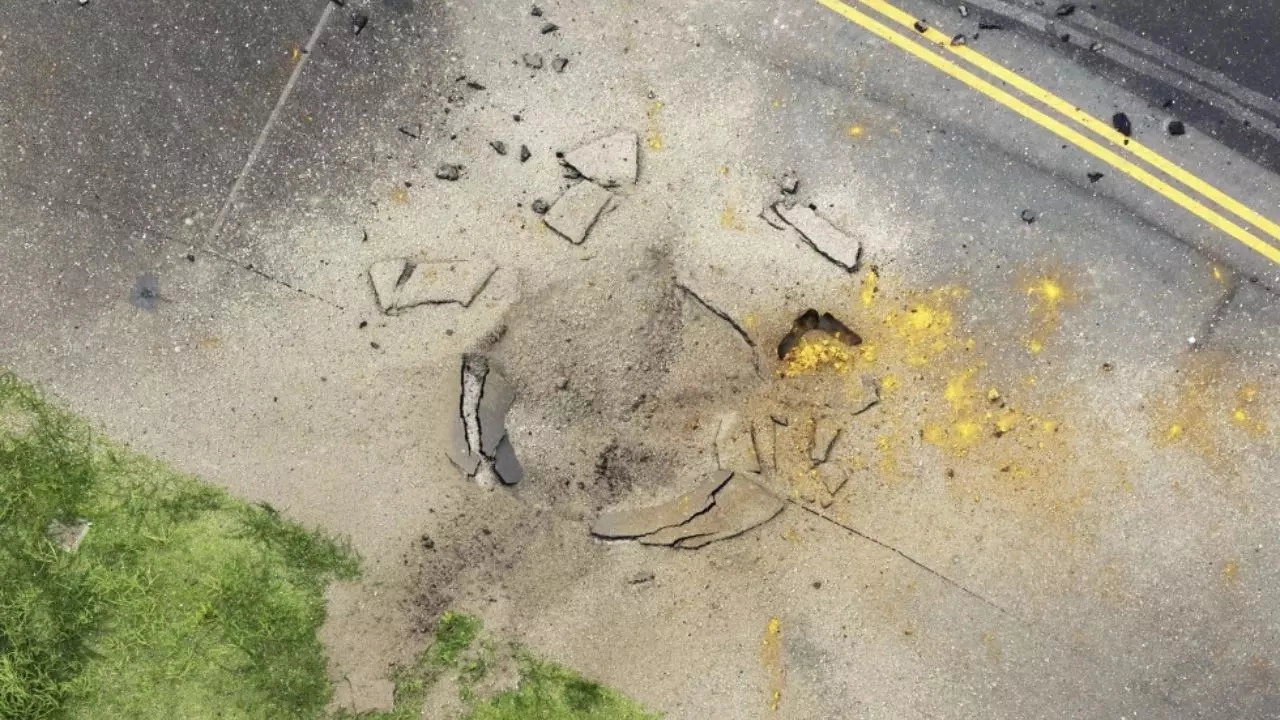Eeshna Dashottar, Pune
In an incident in Japan, a U.S. bomb that was buried at the Miyazaki Airport during the period of World War II exploded on the airport’s taxiway on October 3. As the explosions were severe, the explosions caused a big size crater on the taxiway which led to disruptions in flight travel.
A bomb disposal team of the country’s Self-Defense Forces checked the incident and gave a confirmation that a 500lb bomb from the U.S. was the source of the explosion on Wednesday. The dimensions of the crater formed on the taxiway show that it stretched for seven metres and was one metre deep. The explosion’s damage to the taxiway has resulted in the cancellations of up to 90 flights. There have been no casualties or harm reported due to the incident as there were no flights present at the scene during the mishap.
As this has caused a disruption in air travel, flights operated by several major airlines of the country which provide flights from Miyazaki to cities such as Tokyo, Osaka, Fukuoka, etc. have halted their services temporarily on the day of the explosion.
Officials have been investigating the incident to determine the cause of the sudden detonation of the bomb. An aviation school located near the place of the incident captured a video of the explosion. It showed a massive blast with pieces of asphalt flying around the place. Yoshima Hayashi, the Chief Cabinet Secretary spoke about the incident and officially announced the flight cancellations. He also stated that there is no threat found for a second explosion of this kind in the region and the officials are looking into the incident deeply. Repair works have begun on the taxiway and are expected to be completed by Thursday morning.
Miyazaki Airport is located at the southeast corner of Kyushu island. was a former Japanese navy base. It was used as the base till the end of World War II. It was known as the destination from where plenty of ‘kamikaze’ pilots (attacks based on suicide bombing tactics) would fly for their final journey. It is being speculated that this bomb could have been one of the explosives dropped as a counter measure for the suicide missions of the ‘kamikaze’ planes during the Second World War.
In 2023, it was recorded that 2,348 bombs of a similar kind had been disposed. The threat of unexploded bombs which are buried deep in the land still looms in Japan even after 79 years since the end of WWII.
